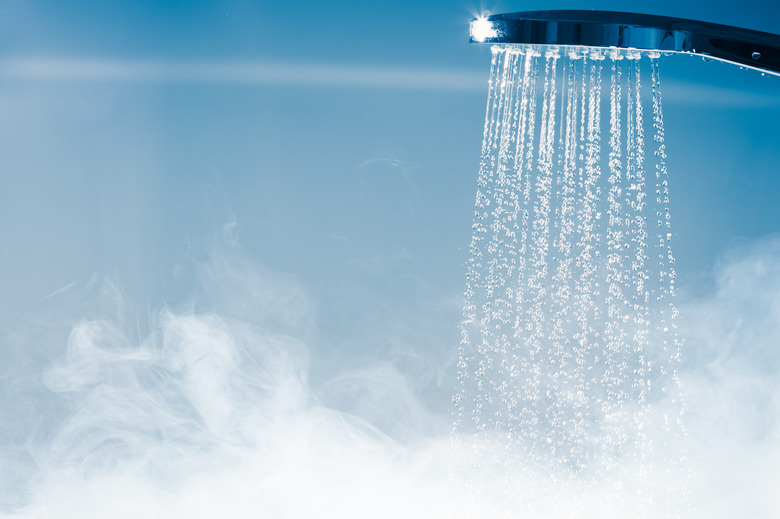How To Increase Water Pressure From A Well Pump
We may receive a commission on purchases made from links.
A well pump is a means through which water is delivered to your home. Well pumps are particularly prevalent in houses in the countryside. The water pressure of your well pump is a key factor in effective water delivery. Low water pressure in a house with a well can cause huge problems. Increasing the water pressure can improve your experiences with showering, washing dishes and even tasks like laundry.
Basic Well Pump Water Pressure Guide
Basic Well Pump Water Pressure Guide
If you live in a highly populated area, your water pressure is controlled by the municipal water system and is usually around 60 psi (pounds per square inch). However, if you live in the countryside and have a well water supply, your water pressure is likely controlled by your well pump pressure switch. If it's set too low, a simple well pump pressure switch adjustment can be enough to give your water pressure the boost it needs. However, there are other potential issues that can cause low water pressure, and identifying the problem is the key to solving it.
Potential Causes of Well Water Pressure Problems
Potential Causes of Well Water Pressure Problems
One of the primary reasons for low water pressure from a well pump is blockages within the pipes. Sediment and minerals can build up in your water pipes over time, which can cause a decrease in water pressure.
Checking your pipes for blockages should be the first step in increasing your water pressure. If your pipes are clogged, no amount of pressure switch adjustment will help. In fact, increasing water pressure in clogged pipes could cause serious damage. If mineral buildup is a consistent problem, you can add water softener to your well to prevent limescale and other similar problems.
You also may need to take into account any recent changes to your home that are causing an additional draw in water. If you've recently installed a new item that uses water, this could be the cause of your low water pressure. Droughts can also cause drops in water pressure from a well pump.
How to Increase Water Pressure in a Well
How to Increase Water Pressure in a Well
If you've checked your pipes for clogs and haven't increased your home's water needs, then the likelihood is that you'll need to manually increase your well pump's water pressure.
One fairly easy adjustment is the installation of a constant pressure system. It's an addition that can be installed on the water line as the water enters your home, usually in the basement. A constant pressure system works to maintain a steady level of water pressure, even when the water draw is increased. It can also help with water pressure on the top floors of taller homes.
However, if your water pressure is consistently too low, even when only one tap is turned on, you may need to make adjustments to your well pressure switch. If the levels on your pressure switch are set too low, the well pump isn't pumping water when it needs to.
To do this, locate the pressure switch on your tank. It will have a plastic cover and nut, which can be removed. Turn off the power supply from the circuit breaker to ensure your safety. Attach a tire pressure gauge to your tank's air fill valve to take a reading of your water pressure.
There will be two spring-loaded nuts on the pressure switch. The bigger one controls when the switch turns on and off, while the smaller one controls the overall pressure gap.
Turn the larger nut clockwise while looking at the pressure gauge. Keep turning until you reach the desired higher pressure level. Turn the smaller nut clockwise to increase the pump cutoff pressure and counterclockwise to decrease it. Use the gauge to guide your nut adjustments.
Allow your pump to cycle and keep an eye on the pressure gauge. You can make further adjustments to your pressure switch as you see fit.
